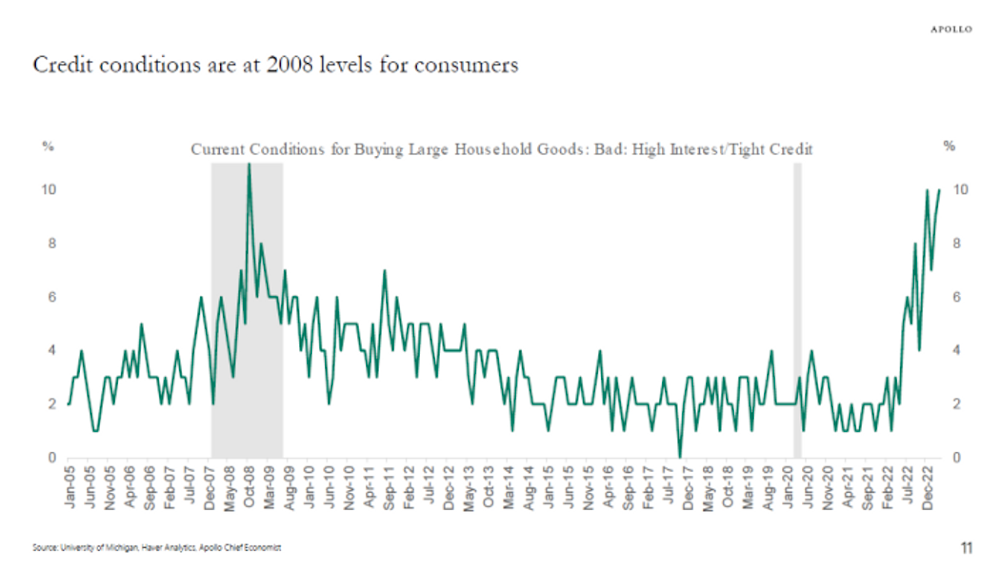
The Obama administration's proposed regulatory overhaul could force big changes at financial firms. But one large lender, GE Capital, may find them especially painful.
Though General Electric's lending arm has $613 billion in assets, it isn't a bank-holding company like, say, J.P. Morgan Chase. If the administration's changes become law, GE Capital, because of its size and reach, would likely be classified as systemically important. Such firms face a stricter regulatory regime.
For GE Capital, the adjustment could be tricky. Perhaps the biggest potential headache for GE is a demand that regulatory supervision should cover any systemically important firm's parent company and other subsidiaries. Under the proposed rules, these firms also would face restrictions on "nonfinancial activity." Since GE would be unlikely to countenance limits on its industrial businesses, it might become necessary to split off GE Capital.
That would bring challenges. GE would have to ensure GE Capital had sufficient capital and stable funding to satisfy regulators and investors. In a recent presentation, it put its Tier 1 "common" ratio at a respectable 6.9% at the end of 2008. However, since it isn't a bank, GE Capital doesn't provide a standard Tier 1 capital ratio, the main regulatory measure. On this yardstick, it might fall below large banks.
When it comes to funding, the new regulations envision "rigorous liquidity requirements" for systemically important firms. One of GE Capital's weaknesses going into the credit crunch was its reliance on short-term funding, underscored by its continuing use of government guarantees for some debt issues.
Change is coming. Maybe not the type GE bulls can believe in.
Though General Electric's lending arm has $613 billion in assets, it isn't a bank-holding company like, say, J.P. Morgan Chase. If the administration's changes become law, GE Capital, because of its size and reach, would likely be classified as systemically important. Such firms face a stricter regulatory regime.
For GE Capital, the adjustment could be tricky. Perhaps the biggest potential headache for GE is a demand that regulatory supervision should cover any systemically important firm's parent company and other subsidiaries. Under the proposed rules, these firms also would face restrictions on "nonfinancial activity." Since GE would be unlikely to countenance limits on its industrial businesses, it might become necessary to split off GE Capital.
That would bring challenges. GE would have to ensure GE Capital had sufficient capital and stable funding to satisfy regulators and investors. In a recent presentation, it put its Tier 1 "common" ratio at a respectable 6.9% at the end of 2008. However, since it isn't a bank, GE Capital doesn't provide a standard Tier 1 capital ratio, the main regulatory measure. On this yardstick, it might fall below large banks.
When it comes to funding, the new regulations envision "rigorous liquidity requirements" for systemically important firms. One of GE Capital's weaknesses going into the credit crunch was its reliance on short-term funding, underscored by its continuing use of government guarantees for some debt issues.
Change is coming. Maybe not the type GE bulls can believe in.



















No hay comentarios:
Publicar un comentario